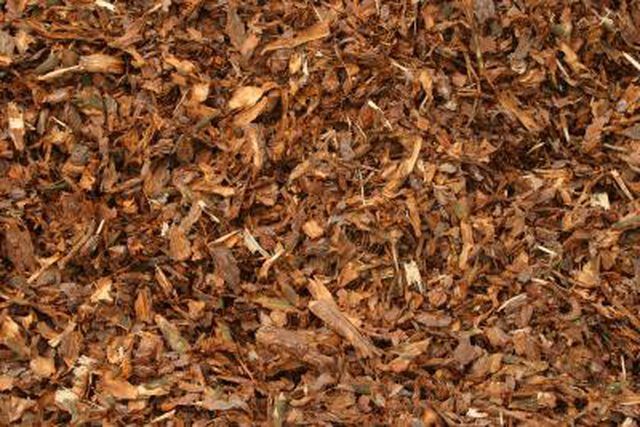Bulbs
Flower Basics
Flower Beds & Specialty Gardens
Flower Garden
Garden Furniture
Garden Gnomes
Garden Seeds
Garden Sheds
Garden Statues
Garden Tools & Supplies
Gardening Basics
Green & Organic
Groundcovers & Vines
Growing Annuals
Growing Basil
Growing Beans
Growing Berries
Growing Blueberries
Growing Cactus
Growing Corn
Growing Cotton
Growing Edibles
Growing Flowers
Growing Garlic
Growing Grapes
Growing Grass
Growing Herbs
Growing Jasmine
Growing Mint
Growing Mushrooms
Orchids
Growing Peanuts
Growing Perennials
Growing Plants
Growing Rosemary
Growing Roses
Growing Strawberries
Growing Sunflowers
Growing Thyme
Growing Tomatoes
Growing Tulips
Growing Vegetables
Herb Basics
Herb Garden
Indoor Growing
Landscaping Basics
Landscaping Patios
Landscaping Plants
Landscaping Shrubs
Landscaping Trees
Landscaping Walks & Pathways
Lawn Basics
Lawn Maintenance
Lawn Mowers
Lawn Ornaments
Lawn Planting
Lawn Tools
Outdoor Growing
Overall Landscape Planning
Pests, Weeds & Problems
Plant Basics
Rock Garden
Rose Garden
Shrubs
Soil
Specialty Gardens
Trees
Vegetable Garden
Yard Maintenance
How to Build Plastic Mulch Layers
How to Build Plastic Mulch Layers. When you're growing vegetables at home or in a commercial growing situation, mulch is a very important piece of the puzzle. Mulch protects plants from pests and weeds, maintains soil moisture and help to maintain soil (and plant) warmth. Many people use organic mulch, but plasticulture, or plastic mulch, has been...

When you're growing vegetables at home or in a commercial growing situation, mulch is a very important piece of the puzzle. Mulch protects plants from pests and weeds, maintains soil moisture and help to maintain soil (and plant) warmth. Many people use organic mulch, but plasticulture, or plastic mulch, has been gaining popularity for some crops as well.
Things You'll Need
Plastic mulch
Knife/Scissors
Fertilizer
Compost
Planting soil
Water
Measuring tape
Landscape pins/Rocks/Bricks
Amend your soil before you lay down your plastic mulch. After you lay down the mulch, you will have trouble directly accessing the soil. Add planting soil, compost and fertilizer to your planting site according to the needs of your specific crop.
Plan your planting site. Decide how much room each plant should get, depending on what you're growing, and how much space you need to leave between each row.
Lay the plastic mulch out over the soil in your planting plot. To build multiple plastic mulch layers, simply add additional layers of plastic. Secure the plastic at the edges of the plot with pre-made landscape pins or something heavy like rocks or bricks.
Cut slices in the plastic for planting, using the plans you drew up for spacing. You should be able to reach through these cuts to access the soil, to plant your seedlings.
Tips & Warnings
Plastic mulch can increase crop yield and pest control capabilities.
Tomatoes, peppers, melons, cucumbers, squash and strawberries are some of the crops that grow best with plasticulture.
Water crops that have plastic mulch with drip systems that apply water directly to the slit in the plastic, or systems that have been installed underneath the mulch. Since plastic won't allow water through, watering indiscriminately can cause crops to dry out and die.
Some crops may react badly to plastic mulch.
In extremely hot areas, plastic mulch may keep the soil too warm for crops to grow successfully.